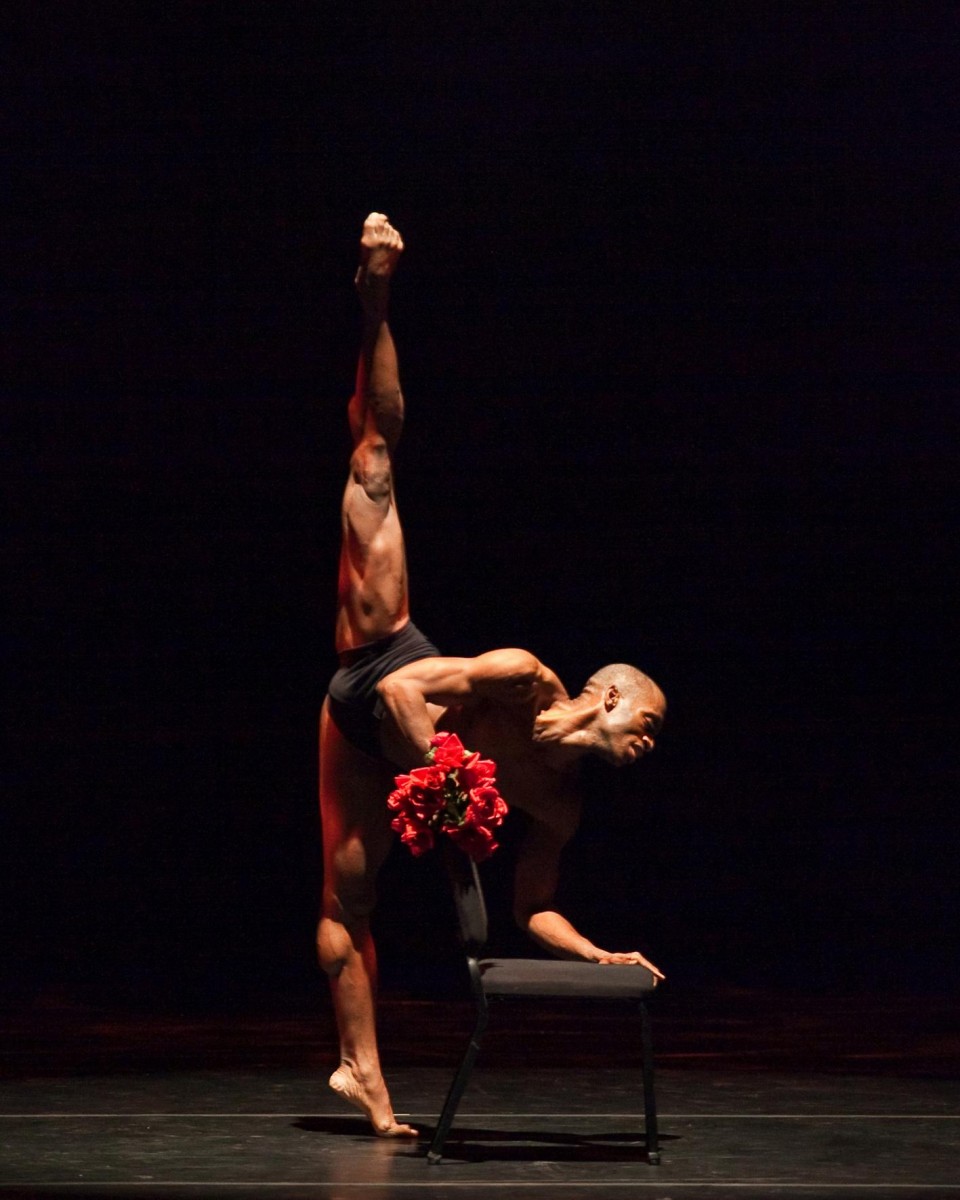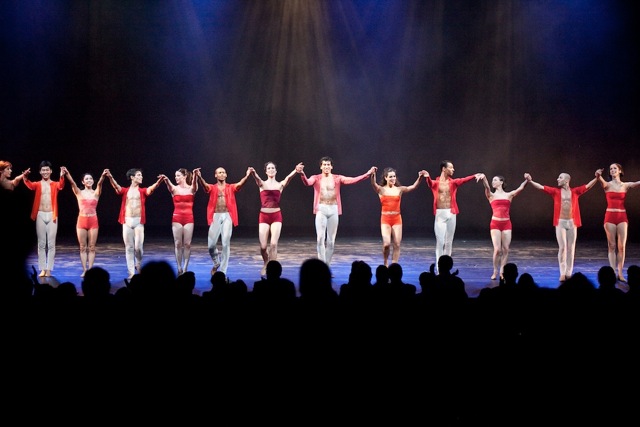Inspired by a comment on my August 2010 post regarding Olga Spessivtseva in Australia, I went back to that amazing National Library of Australia resource, Trove, and began looking again for passenger lists around the end of 1934 that might contain the names Olga Spessiva or Leonard G Braun.
It appears that Spessivtseva and Braun left Sydney on board the London-bound R. M. S Orama, a ship of the Orient line, on 22 December 1934. A passenger list including both names appears in The Sydney Morning Herald for that day. The ship passed through Fremantle on 31 December and news of Spessivtseva’s departure was reported in The West Australian on 1 January 1935 in a brief article headed ‘A famous dancer. Olga Spessiva leaves Australia’. In that article the story of the injured leg surfaces again with the reporter noting that her withdrawal from the company was the result of ‘An injury to her left leg, occasioned through over-work’. The article also reports that Spessivtseva was anxious to return to Australia ‘with the object of establishing a school of instruction and of producing ballet with entirely Australian casts’!
What makes this information particularly interesting, however, is that there was almost a full month between the last Sydney performance by the Dandré-Levitoff company on 28 November and the sailing date of 22 December. What did Spessivtseva and Braun do during that time? It appears on the one hand that the Blue Mountains story discussed in a previous post may indeed have a grain of truth, and also that Algeranoff’s information about Spessivtseva having already left by 2 December, also discussed previously, is wrong. Do we assume that there was an effort to cover-up what appears to have been more than an injured leg not only to the press but even to other members of the company?
Michelle Potter, 27 September 2010
With many thanks to Boris Fedoff for spurring me on to keep looking. Read his comment about Spessivtseva and her early departure from a US tour. And here is the full tag archive relating to Spessivtseva and the Dandré-Levitoff Russian Ballet tour to Australia.

